Menu
You can manage your membership and billing method by clicking here
Terms of Service
Privacy Policy
Copyright © 2025 Office of Immigration Australia, a private company registered in Australia. All Rights Reserved.

Checking membership status...
 EXCLUSIVE MEMBERS ONLY ACCESS
EXCLUSIVE MEMBERS ONLY ACCESSTo access this month’s edition & Member’s only resources, enter your registered email address.
This bulletin is for members only, and provides our members with month to month updates on Australian immigration policy changes and consequential opportunities. Opportunities are found via federal and state government policy shifts for the demand and supply for certain occupations.
This bulletin will keep you up to date so that you do not have to employ expensive immigration lawyers to provide you with monthly research.
March 2022 has arrived and opportunities are rising as Australia now awakens from its hibernation! After almost two long years, Australia’s international borders have now re-opened to allow all fully vaccinated tourists and other visa holders to enter the country as of 21 February 2022. This includes the return of tourists, business travellers and other visitors. Unvaccinated travellers are still required to obtain a travel exemption and must enter hotel quarantine for 7 to 14 days, depending on their state of arrival.
As of 1st March 2022, the Priority Migration Skilled Occupation List (PMSOL) remains in effect. Visa applications with an occupation on the PMSOL continue to receive priority processing.
This month, Immigration Minister, Mr Alex Hawke stated that “More jobs are now available in Australia than before COVID-19, and there are still many more places for skilled professionals that are ready to be filled, so come on down”. Mr Hawke also said that the government is providing more opportunities to attract skilled professionals to Australia. “Australia is open for business and we are welcoming an increasing number of skilled migrants,” Minister Hawke said. Abul Rizvi, a former deputy secretary of the Department of Immigration, said net migration was poised to have a “very large surge” over the next few years.
This month, Australian businesses again continue to face significant skilled labour shortages. Closed international borders in response to the COVID-19 pandemic and a sharp drop in skilled migration has meant 380,000 fewer people have entered the workforce at a cost of $180 billion to the Australian economy. Almost three in four employers surveyed found it challenging to attract new staff.
The State Skilled Migration Programs for the Australian Capital Territory (ACT), New South Wales (NSW), Tasmania and South Australia (SA) remain open to Offshore Applicants!
In ‘Student News’, international students are flocking back to Australia: more than 56,000 have arrived since November 2021.
All this and much more in the March issue of The Australian Immigration Bulletin! Let’s take a deeper look at what has happened so far and what is planned for the remainder of March 2022 in Australian Immigration, so that you can start planning!
As legislation and travel requirements are constantly changing, we strongly recommend obtaining advice on your individual situation from a Registered Migration Agent.
Please click here to book a consultation with one of our Registered Australian Migration Agents, located in Australia.
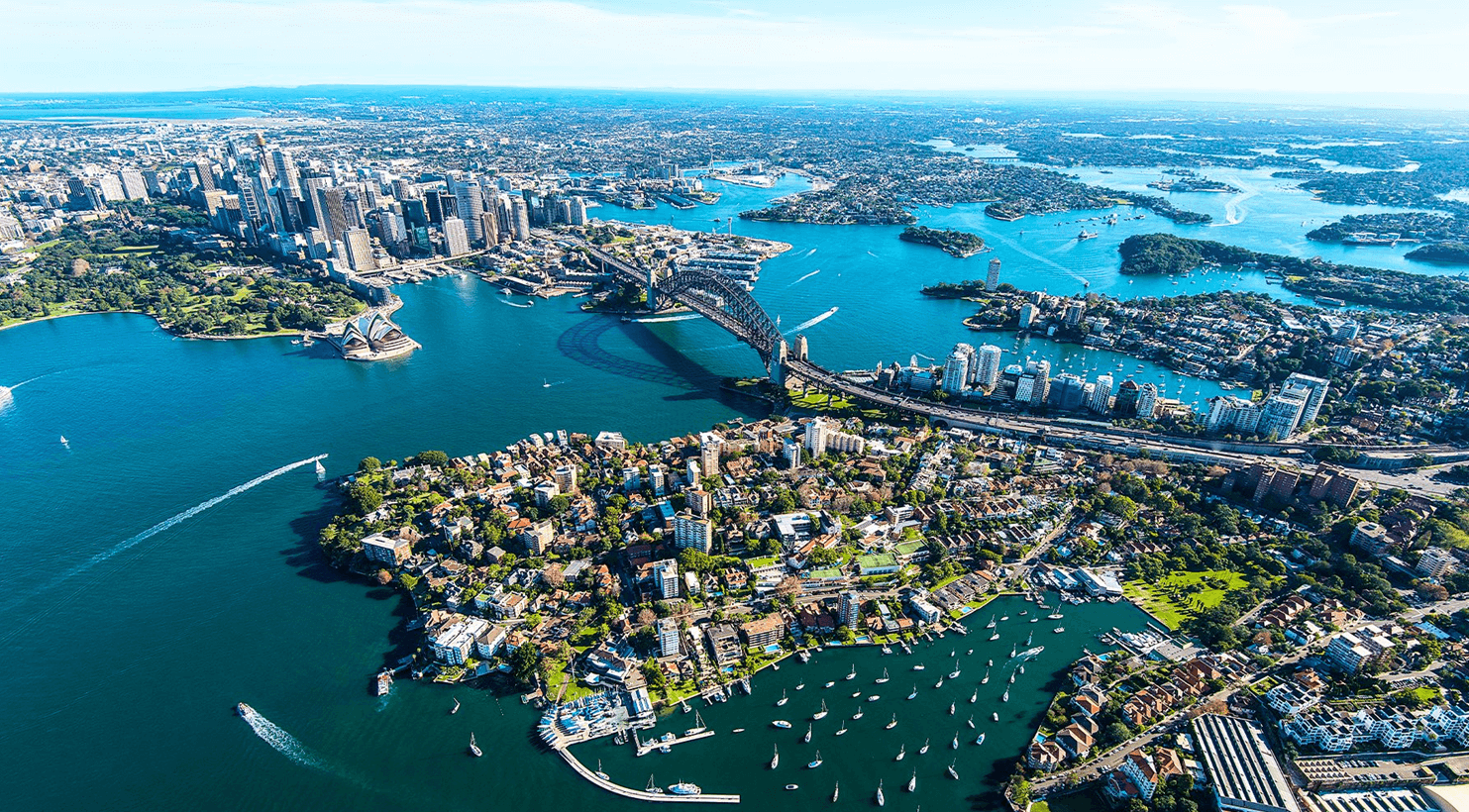
As we’ve entered the third month of the new year, join us for a look at the latest news and developments in the world of Australian Immigration!
We asked those who have established themselves with skilled jobs to share their experience and tips for a career in Australia.

We spoke with Juliana, a skilled migrant who is an architect graduate from Brazil currently living and working for a private company in Australia.
Tell us about your work
I have a passion for minimalist and tiny house movements as alternative expressions of sustainable lifestyles. I have been in Australia for 4 years now and loving it. I got my first job in architecture in Australia in January this year and I have been there for 6 months now. It is a small practice with 6 professionals sharing a common space. I work very closely with the director, a senior architect, and the other 3 graduate architects, and everyone is very experienced and supportive.
We do a lot of projects for public and private schools, housing projects, and also a few clinics and residence renovations.
What was the biggest challenge and how did you deal with it?
Communication is probably the biggest challenge for me. You have that huge responsibility for what you’re doing, so you have to make sure all information you get is correct, express your ideas clearly, and speak up when necessary.
So, every time I have to speak on the phone with builders, consultants, council, and representatives, or go to meetings, I try to prepare myself and take some notes to make sure I know what to say and how to express my ideas.
I have also been trying to read more texts in English and listen to podcasts related to architecture to improve my vocabulary. Grammarly is also a great app to help with writing emails and documents.
How did you find out about it?
I was working in a café for one year and there I got the chance to meet many locals. So after a while, I started mentioning my background in casual conversations with regular customers.
I think networking is very important especially in Australia. So, I would recommend someone looking for a job in Australia to visit your industry’s institute, tell them your story and ask to receive their newsletter. They are very supportive and may inform you about some good opportunities.
Another idea is to keep an eye on the events organized by your industry as they are a great opportunity to meet people and get involved in your local industry community.
How did you apply?
One of the interviews I went was for an Engineers and Planner’s office. The interview was great but both parties understood I wasn’t a good fit because my main interest and experience were Architecture rather than Urban Planning. So, I didn’t get the job, but after a few weeks, they referred me to my boss who was looking for a graduate architect at that time.
How did you convince them you had the skills to do the job?
I think it was a good idea to print my portfolio and to take it with me to my interview to support my speech. The portfolio helped me when speaking about the projects I’ve done in the past, to show my abilities in design and architectural representation, and what I could do with the software I use. Even if you have already sent the portfolio by email, I think most people are too busy to look at them carefully enough and it pays off to bring a copy with you and leave it with them at the end of the interview.
I believe it also helped me to study the business I was applying to, understand their projects, and demonstrate proactivity and enthusiasm to learn.
What have you learned from this job that you will take to your next job?
This is still my first job here in Australia, and I am learning new things each day. But in the future when I feel it is time to move on for something new, I hope I’ll take with me a much better understanding of the local industry: the construction methods, local suppliers and materials, the Australian Standards for drafting and documentation, and also some knowledge on Contract Administration.
What did you learn about yourself doing this job?
It may sound a bit cliché, but I learned that I am capable to do absolutely anything. What we don’t know, we can learn with time and patience, we just need the motivation.
So, I feel I’ve been improving my confidence in myself every day. Because we come from another country, sometimes we tend to think we are not good enough, or that have to wait until our English is perfect, or until we study this or that software. But I believe that businesses are also interested in motivated and creative professionals with the ability to adapt and that’s where we stand out.
What tip would you give job seekers from other backgrounds eager to get their first job in Australia?
I would say that networking is a must in Australia. Go to as many events as you can, and get involved with the local community in your industry. Talk to people, listen to them and show you are interested.
Also, make sure you have a good portfolio or CV that expresses the knowledge you have, and remember to ask someone to proof read it. Show enthusiasm and motivation to learn.
It is sometimes hard when you are looking for your first job in your area because you may get a few no’s before you have a yes. But you only need your first ‘yes’, so be patient with yourself throughout that process. We already have the determination to start all over again, so know that the experience and knowledge we bring with us are valuable and unique.

After almost two long years, Australia’s international borders have re-opened to allow all fully vaccinated visa holders to enter the country as of the 21 February 2022. This includes the return of tourists, business travellers and other visitors. This is welcome news to those working in the tourism industry, who can now plan and prepare for the bustling years ahead.
Those who are not fully vaccinated are still required to obtain a travel exemption and will be subject to the relevant state and territory quarantine requirements. Unvaccinated travellers must enter hotel quarantine for 7 to 14 days, depending on their state of arrival.
Please see the list of vaccines that are recognised by the Australian government for travel purposes here. Fully vaccinated visa holders should also check Australia’s travel requirements prior to departure.
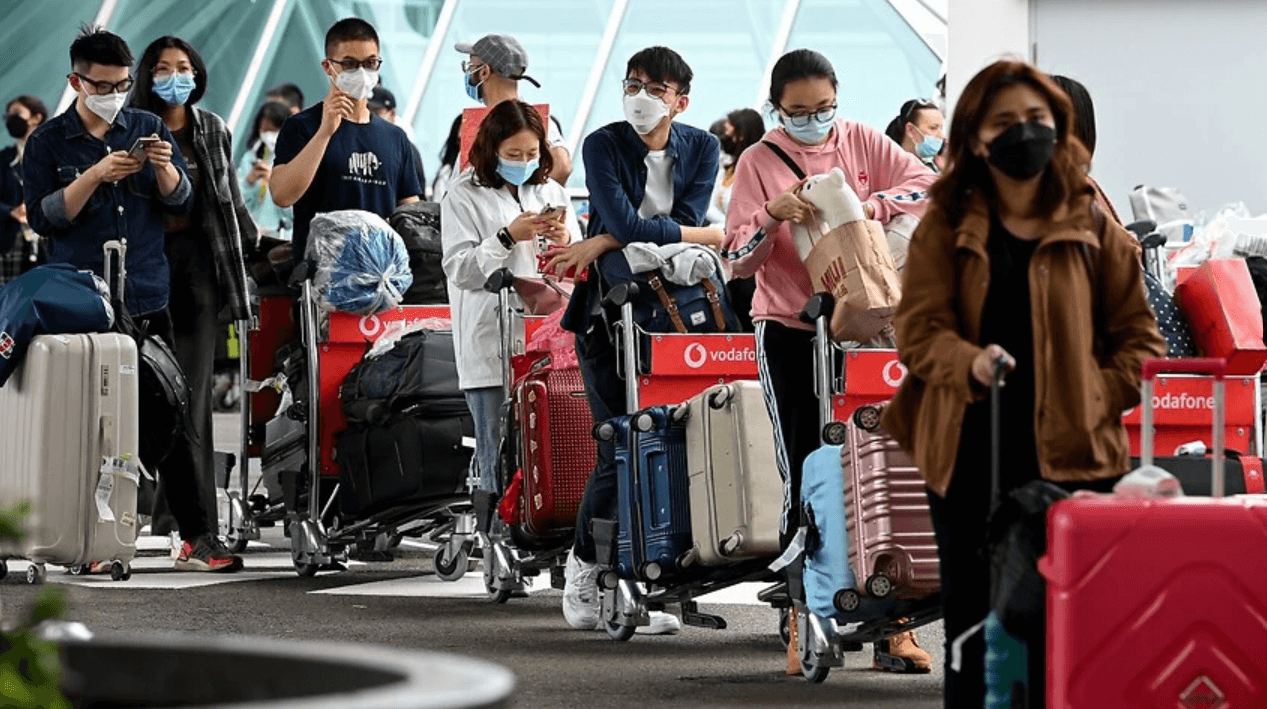
Welcoming the increased number of international students and backpackers in recent weeks, Australia is also prioritising visa processing for skilled workers who are on the Priority Migration Skilled Occupation List (PMSOL).
Mr Hawke stated that the government is providing these opportunities to attract skilled workers to Australia.
“We are building back healthy pipelines of skilled workers and working holidaymakers, and we are processing these visas quickly.”
“More jobs are now available in Australia than before COVID-19, and there still are many more places for skilled workers that are ready to be filled, so come on down”, Mr Hawke said.
Despite its international border being predominantly closed for many, Australia still allows citizens and permanent residents to freely enter and return to the country.
Mr Hawke stated that the visa application rates have increased in recent weeks since the Government announced a special Visa Application Charge (VAC) refund period for people who are willing to travel to Australia over the next few weeks.
“Australia’s unemployment rate is at record lows, industries and the Government are providing incentives for workers to come here, and we’re ready to meet the demand, “he said.
The Government announced the visa fee reduction amid staff shortage in a bid to help businesses and industries that are struggling to find employees.
Alex Hawke, Minister for Immigration, Citizenship, Migrant Services and Multicultural Affairs, has disclosed strong arrival figures for international students and working holiday makers in recent weeks.
Over 7,000 foreign students have arrived in Australia in the past week alone, ahead of the new semester.
“Australia is open for business. We are welcoming the increasing numbers of International Students, backpackers, and skilled migrants,” Minister Hawke said.
According to the new government figures released on Thursday 3 February, around 56,000 overseas students have arrived since November 2020 after two years of being locked out of the country.
More than 50,000 students have applied for student visas since late 2021 after the international border restrictions were softened to allow fully vaccinated international students come to the country.
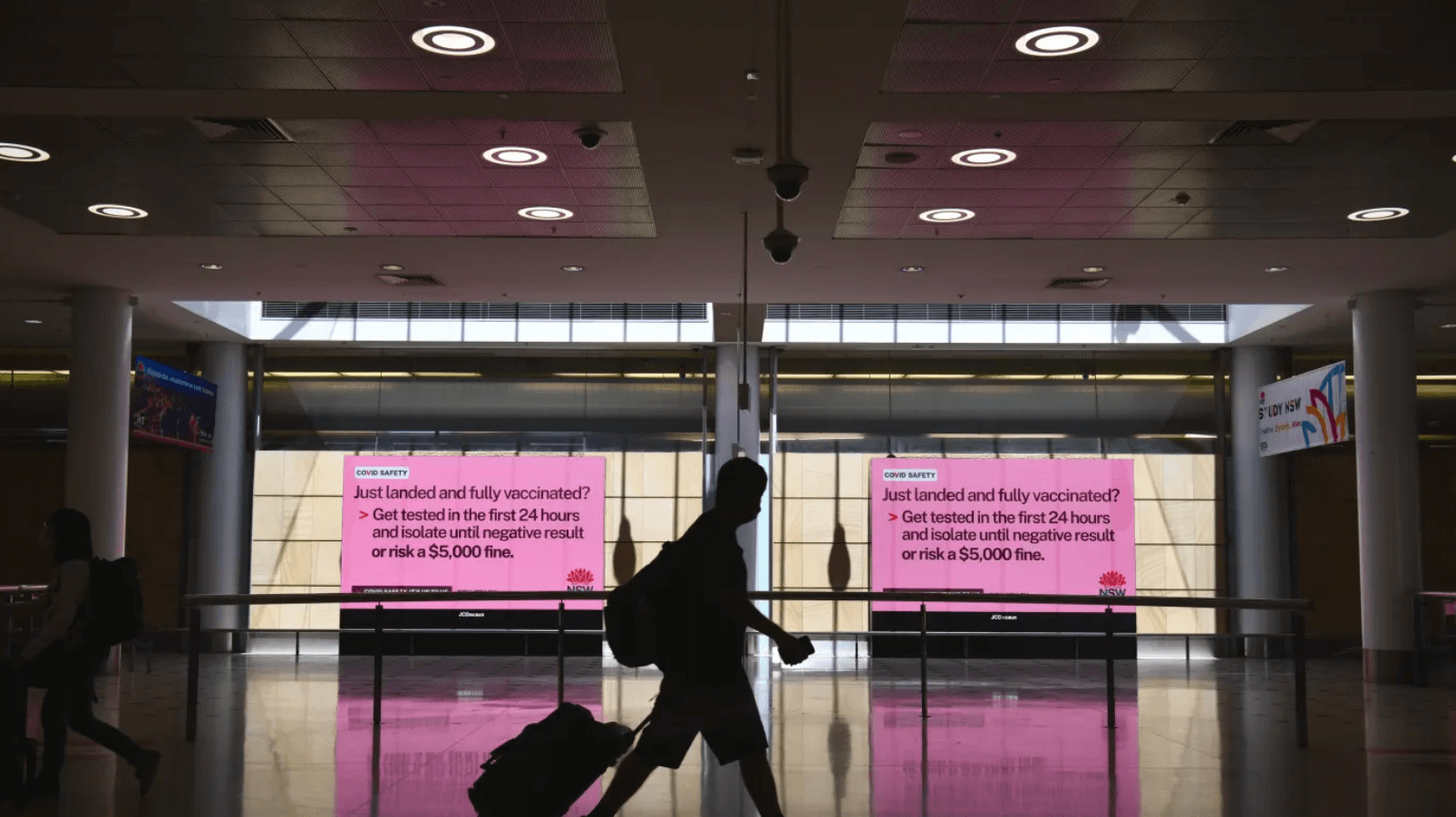
Permanent migrants such as skilled workers and family visa holders typically exclude temporary tourists and students in the country for less than 12 months.
Abul Rizvi, a former deputy secretary of the Department of Immigration, said net migration was poised to have a “very large surge” over the next few years.
National Skills Commissioner Adam Boyton said that during the pandemic worker shortages had become more acute in both lower-skilled jobs and long-running shortages in high-skill jobs.
“If we can get more labour mobility, I think that would be incredibly positive,” Mr Boyton recently told an Australian Business Economists’.
Tourism & Transport Forum Australia chief executive Margy Osmond said the industry expected younger backpackers to return to Australia fastest.
“We need backpackers and international students to fill the gaps,” she said.
“The reopening date also sends a message that we’re open for business and will attract local workers back into the industry too.”
Australia’s border reopened to international students on December 15 last year.
About 7000 students a week are arriving in Australia, according to the Department of Home Affairs.
More than 50,000 overseas student visas have been lodged since late 2021.
The government has tried to encourage the return of fully vaccinated international students and working holidaymakers by refunding visa application fees.
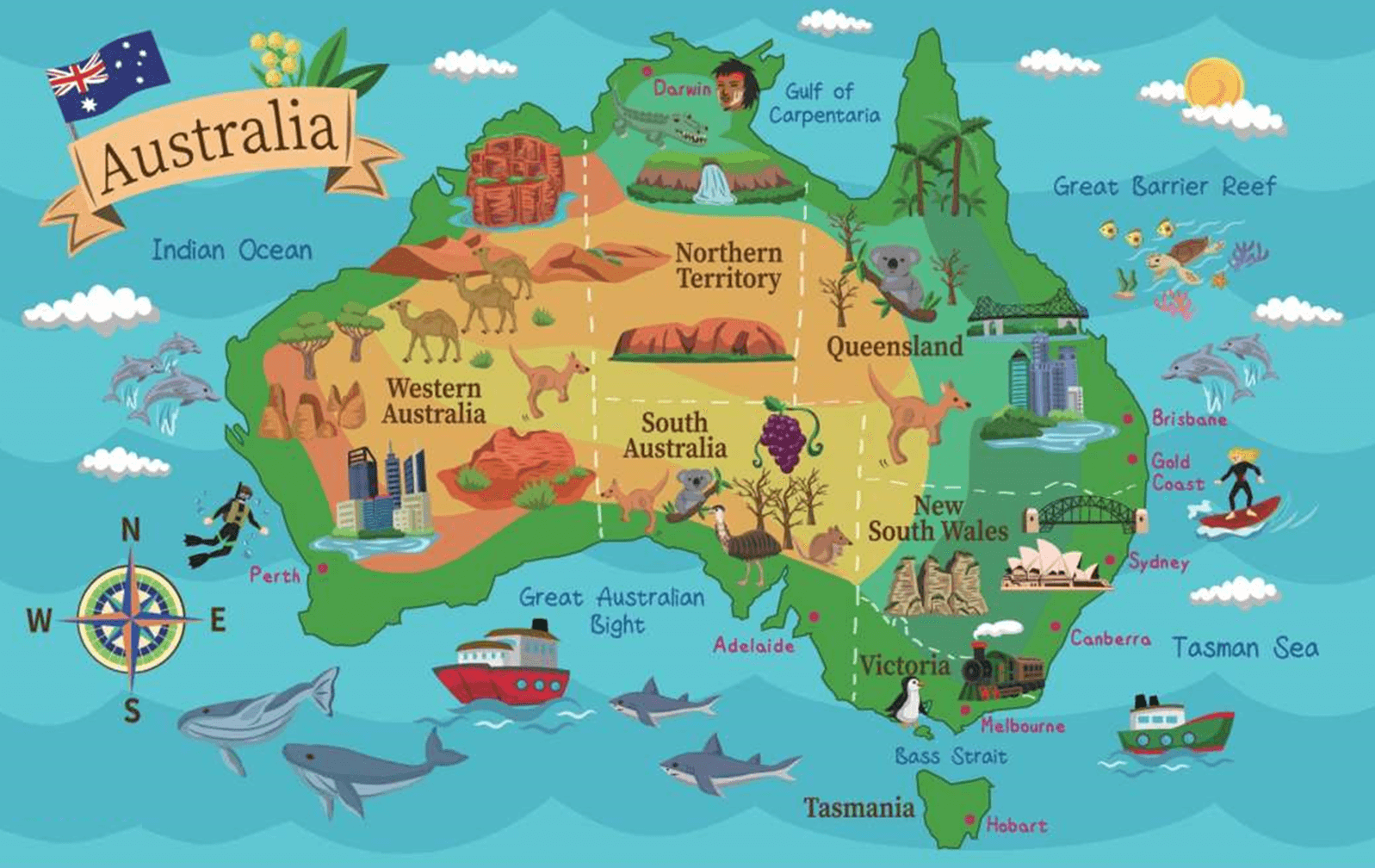
In view of the global pandemic, the Australian government during 2020 and 2021 imposed some temporary travel restrictions. Now various states of Australia have started issuing invitations and nominating the candidates for skilled migration.
Australia has a point-based system for skilled migration. The Australian State and Territory government programs have two ‘point-tested categories’, being;
The ‘Skilled Nominated- Subclass 190’ is a points-tested permanent category for skilled workers who are nominated by an Australian State or Territory government. The ‘Skilled Nominated- Subclass 190’ enables skilled workers and their families to live, work and/or study in Australia indefinitely with full work rights. You would generally be expected to reside for 2 years in the State or Territory which nominated you.
The ‘Skilled Work Regional (Provisional)- Subclass 491’ is a points-tested temporary category for skilled workers who are nominated by an Australian State or Territory government. The ‘Skilled Work Regional (Provisional)- subclass 491’ enables skilled workers and their families to live, work and/or study in regional areas of Australia for up to five years. This nomination then provides pathways to permanent residency after three years. For migration purposes, most locations of Australia outside of major cities (Sydney, Melbourne, Brisbane, Perth, etc.) are classed as regional areas.
Key requirements for an Australian State or Territory Government immigration nomination:
To apply for either of these nominations, ‘Skilled Nominated- Subclass 190’ or
‘Skilled Work Regional (Provisional)- Subclass 491’, you will still need to lodge an Expression of Interest (EOI).
When deciding whether to nominate an applicant, state or territory nominating agencies refer to their own criteria, which vary from state to state. As a starting point, all applicants must show they have an occupation on the relevant state or territory occupation list, and that they have a genuine intention to reside in that state or territory.
State and territory agencies offer a number of different ‘streams’ and generally cater to offshore skilled applicants, onshore skilled applicants, and recent tertiary graduates. Some states also provide options for small business owners, or applicants with family living in the state or territory.
Please note, the below is information on general requirements and does not take into account any of your personal circumstances. You must check the State/Territory information carefully to ensure you can meet all the requirements for nomination.
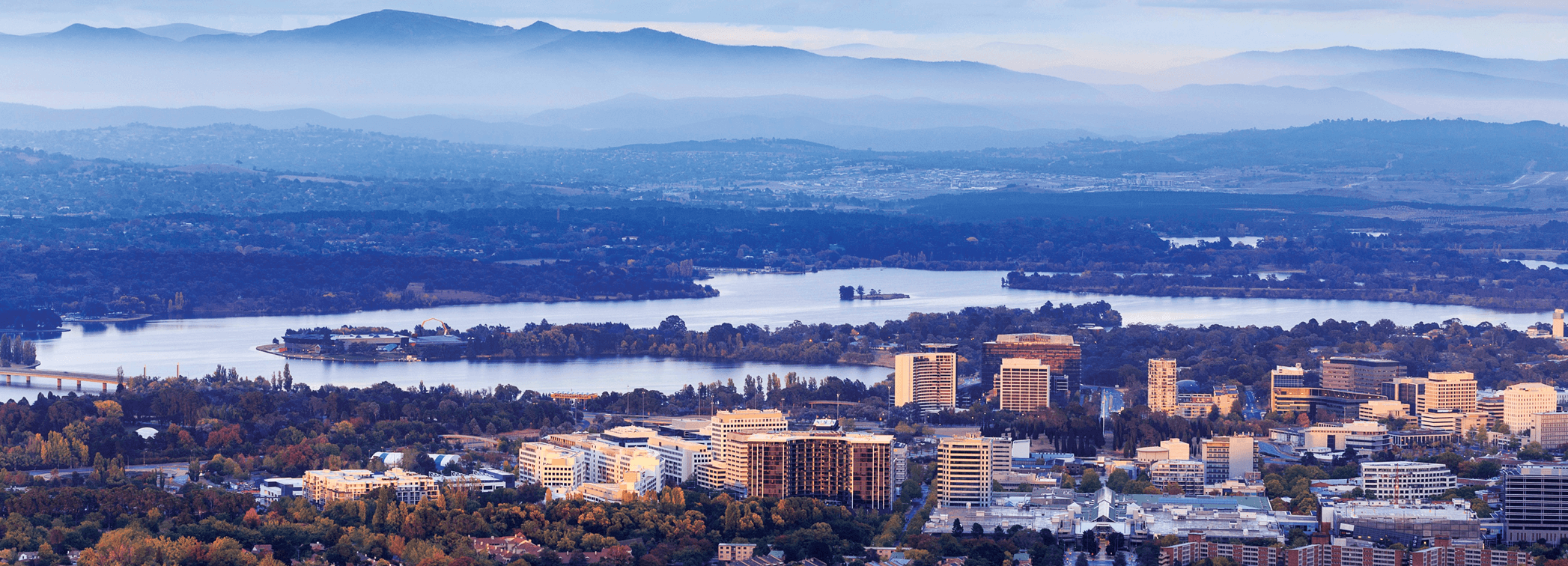
The ACT Critical Skills List identifies the occupations in current demand in the ACT. This List is important if you want to apply for ACT nomination for either a:
The ACT Government will update this list every four months to make sure that the ACT Skilled Migration Program adapts and responds to the evolving critical skills needs of the ACT economy.
The Canberra Matrix is weighted to ensure that applicants who will make a positive economic contribution to the Territory and/or have demonstrated a genuine commitment to the ACT are more likely to be ranked and invited to apply for ACT nomination.
*ACT nomination does not guarantee a migration outcome. You must still meet the Department of Home Affairs criteria.
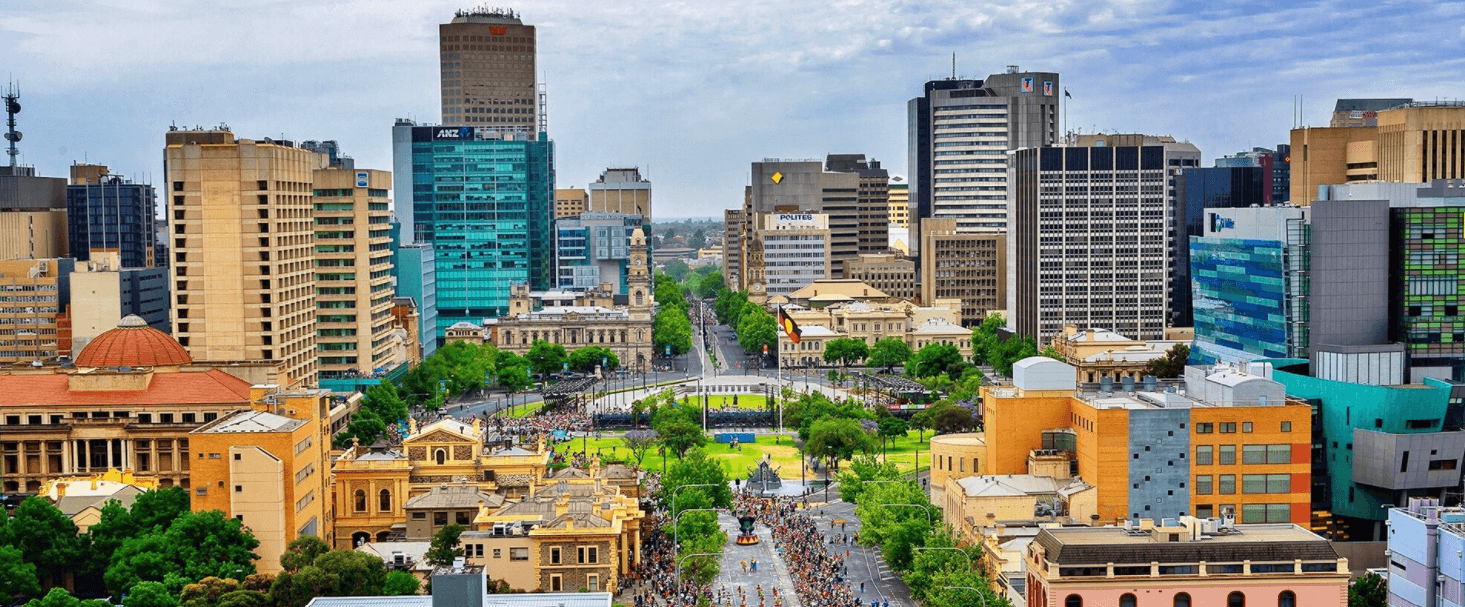
To manage South Australia’s COVID recovery response, applicants currently residing offshore are still able to apply.
Depending on your occupation and situation, there are two state nomination options available for skilled migrants through South Australia.
For South Australian state nomination, prospective applicants must meet the Department of Home Affairs requirements, state-specific occupation requirements and have skills in an occupation that is available on the South Australian Skilled Occupation List. Offshore applicants meeting the minimum published requirements can now lodge a Registration of Interest (ROI).
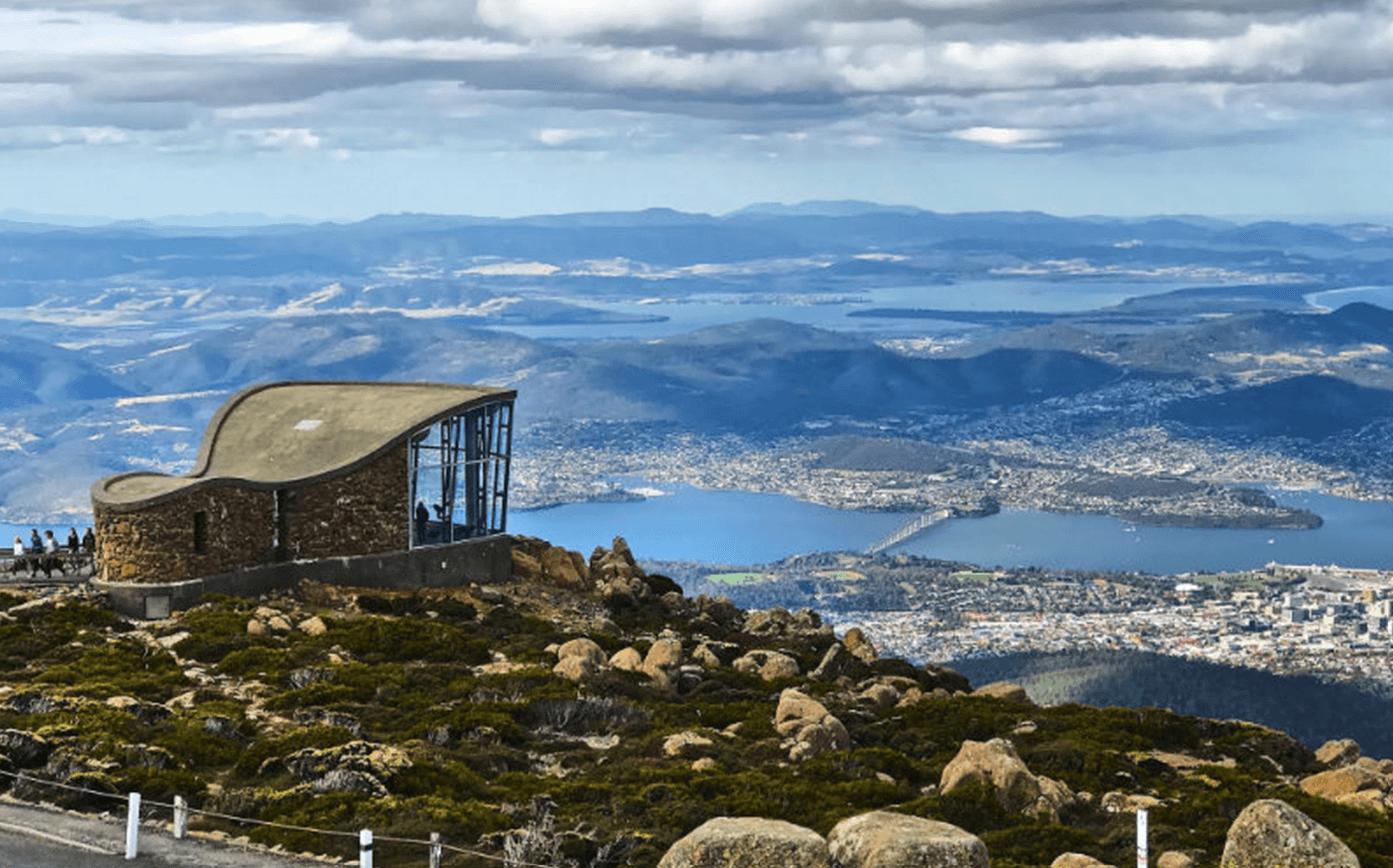
Changes to nomination requirements:
Only minimal changes have been made to nomination requirements for the Tasmanian 2021-22 program year. A summary of this information is below:
Working in Tasmania
The two state nomination options available for skilled migrants through Tasmania are:
The Tasmanian State Nomination Skilled Migration Program supports Tasmanian businesses and increases the state’s working age population. It does this by attracting and retaining migrants with skills genuinely in need by employers, or with the capacity to settle in Tasmania through skilled employment in the long-term, and business activities that will increase employment opportunities.
Due to the effects of Covid-19, Migration Tasmania’s current nomination priorities continue to be:
Tasmania’s skilled migration program is for people wanting to move to the state who have skills that Tasmania need. Skilled migrants are attracted to Tasmania because of the state’s enviable lifestyle, career opportunities, affordable housing, reputable schools and a globally recognised university.
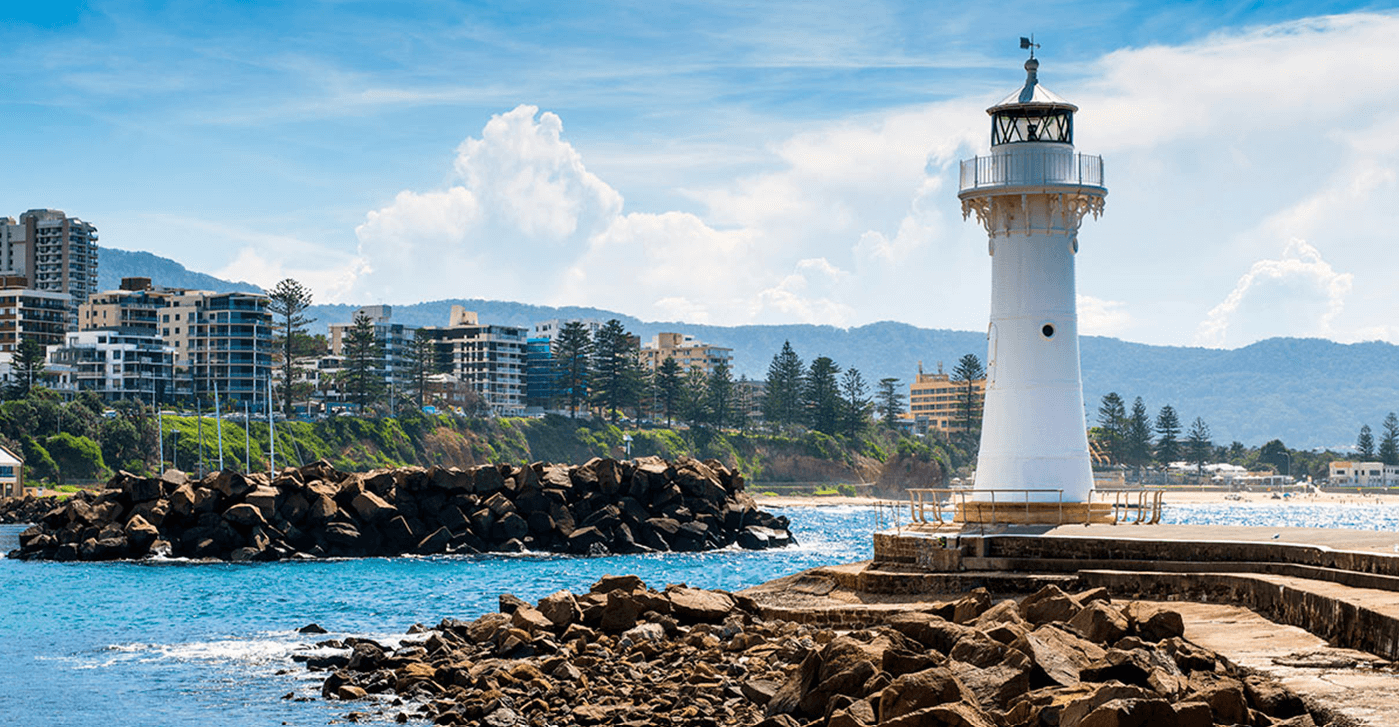
The New South Wales government has invited applications from offshore migrants under the following nomination streams:
The NSW State Government announced that offshore applicants skilled in certain ANZSCO unit groups are now eligible for NSW nomination.
Offshore candidates criteria:
If you are residing offshore, you must:
*Please note: Invitation rounds occur throughout the financial year.
Some of these identified ANZSCO unit groups include engineering managers, health and welfare service managers, production managers, primary and secondary school teachers, pharmacists, dental practitioners, midwives, registered nurses, social workers, chefs, cooks, and other professions on the Priority Migration Skilled Occupation List (PMSOL).
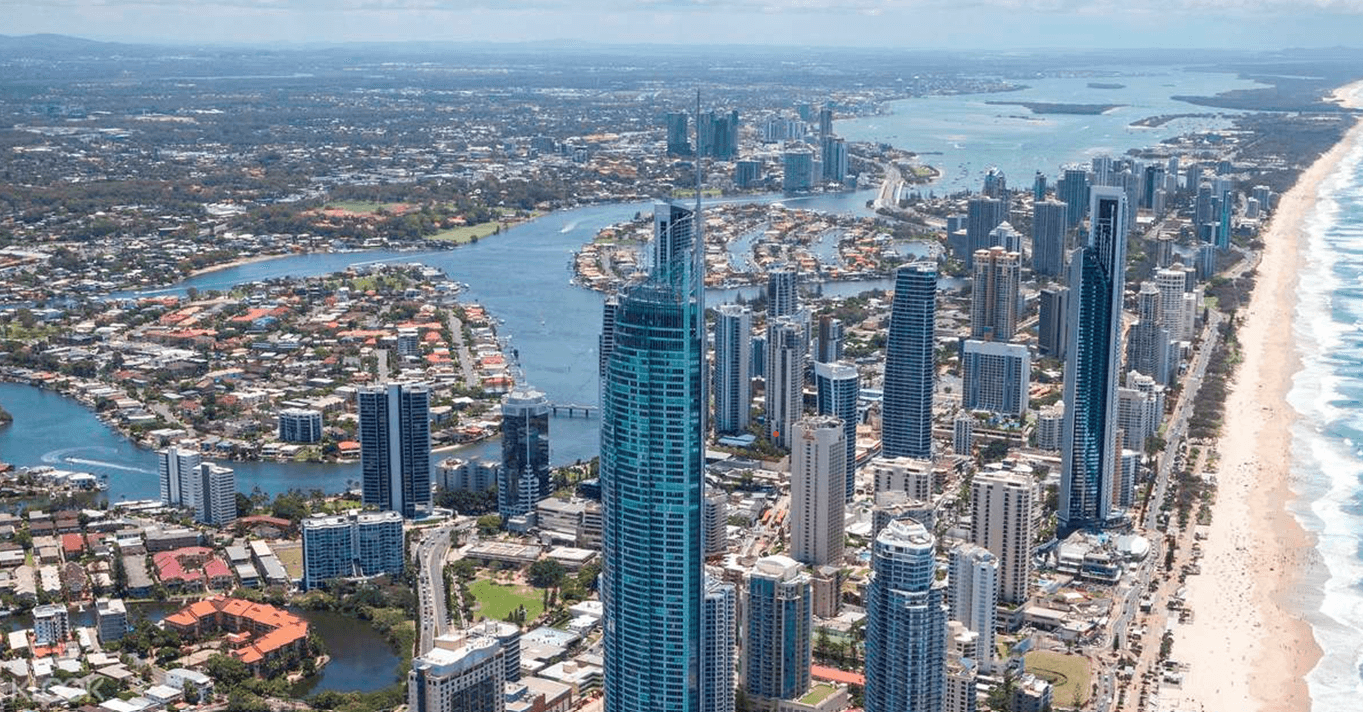
Program Status Update
The Queensland Skilled Migration Program is currently open but due to current Covid-19 restrictions this is still currently available to onshore applicants only. A review will be made at a later date to open the program for skilled workers living offshore.
For the Skilled Migration Program, Migration Queensland will currently only accept “decision-ready” applications (onshore applicants only).
The Australian Migration Bulletin will continue to update you regarding the Queensland State nomination migration program for offshore applications over the next monthly bulletins.
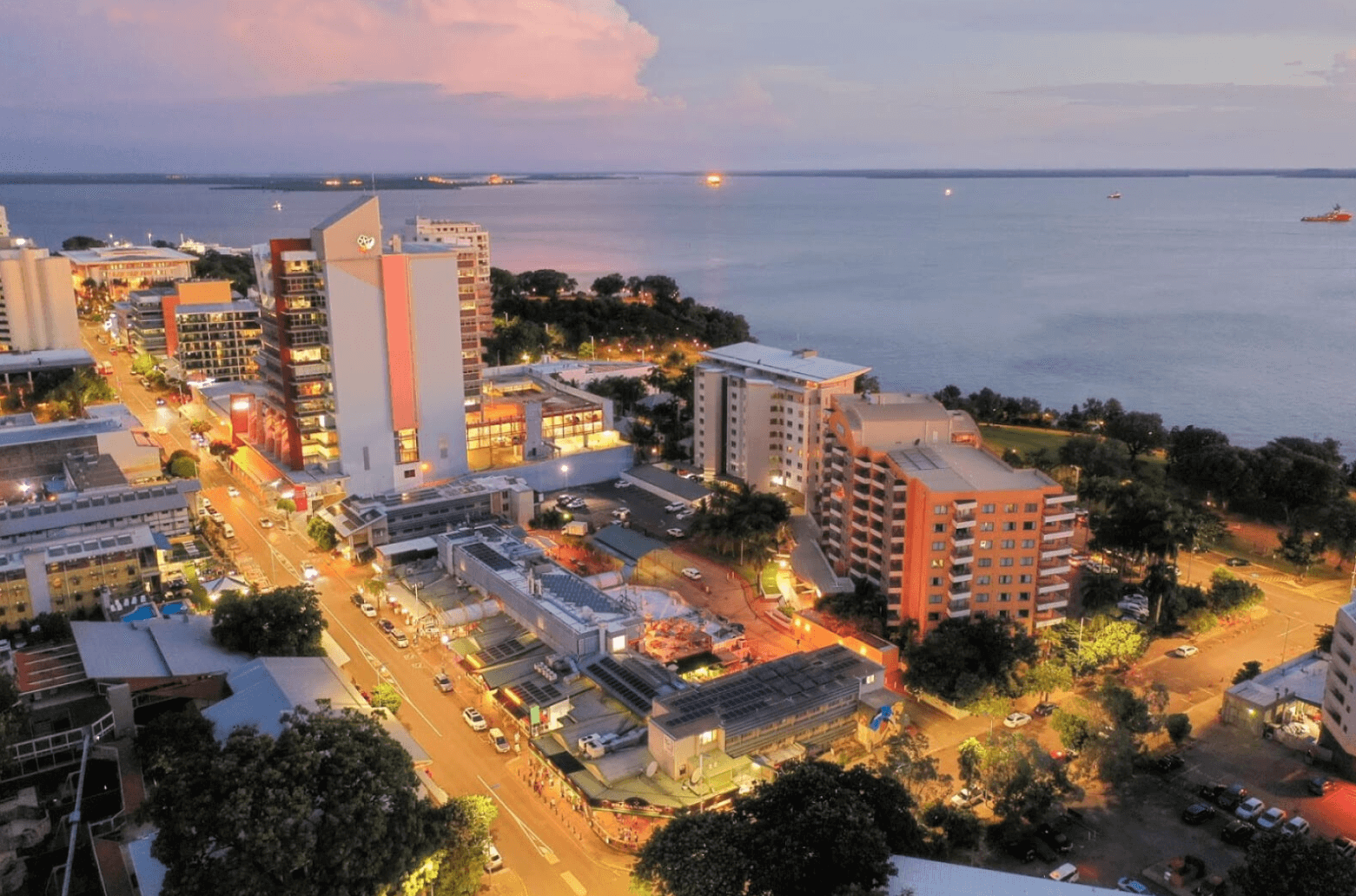
Program Status Update
The 2021-22 migration program is well underway and the Northern Territory remains open for new onshore nomination applications. Offshore applications remain currently closed due to Covid-19 restrictions.
The Australian Migration Bulletin will continue to update you regarding the Northern Territory nomination migration program for offshore applications over the next monthly bulletins.
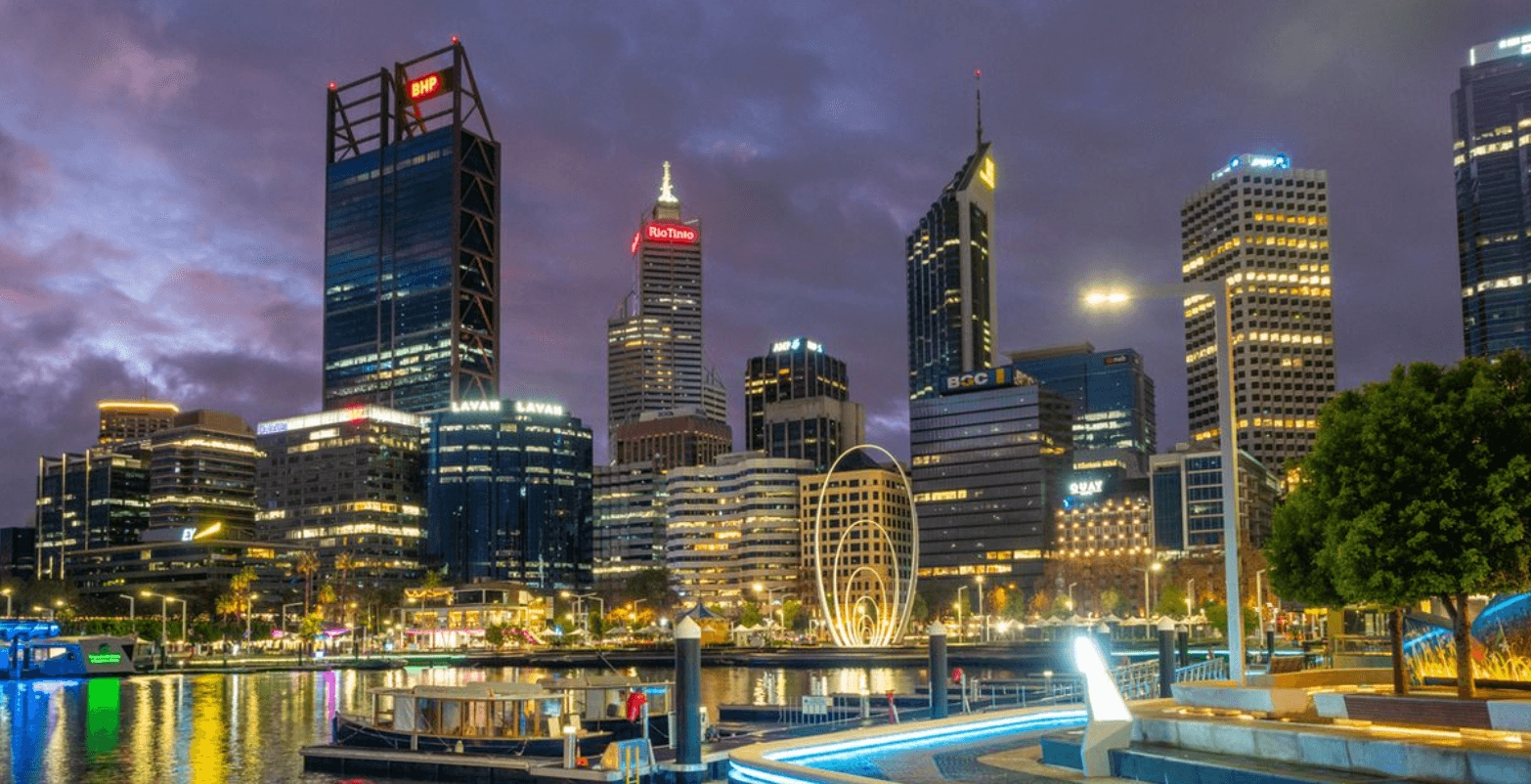
Program Status Update
The 2021-22 Western Australia migration program remains open for new onshore nomination applications. Offshore applications remain currently closed due to Covid-19 restrictions.
The Australian Migration Bulletin will continue to update you regarding the Western Australia nomination migration program for offshore applications over the next monthly bulletins.
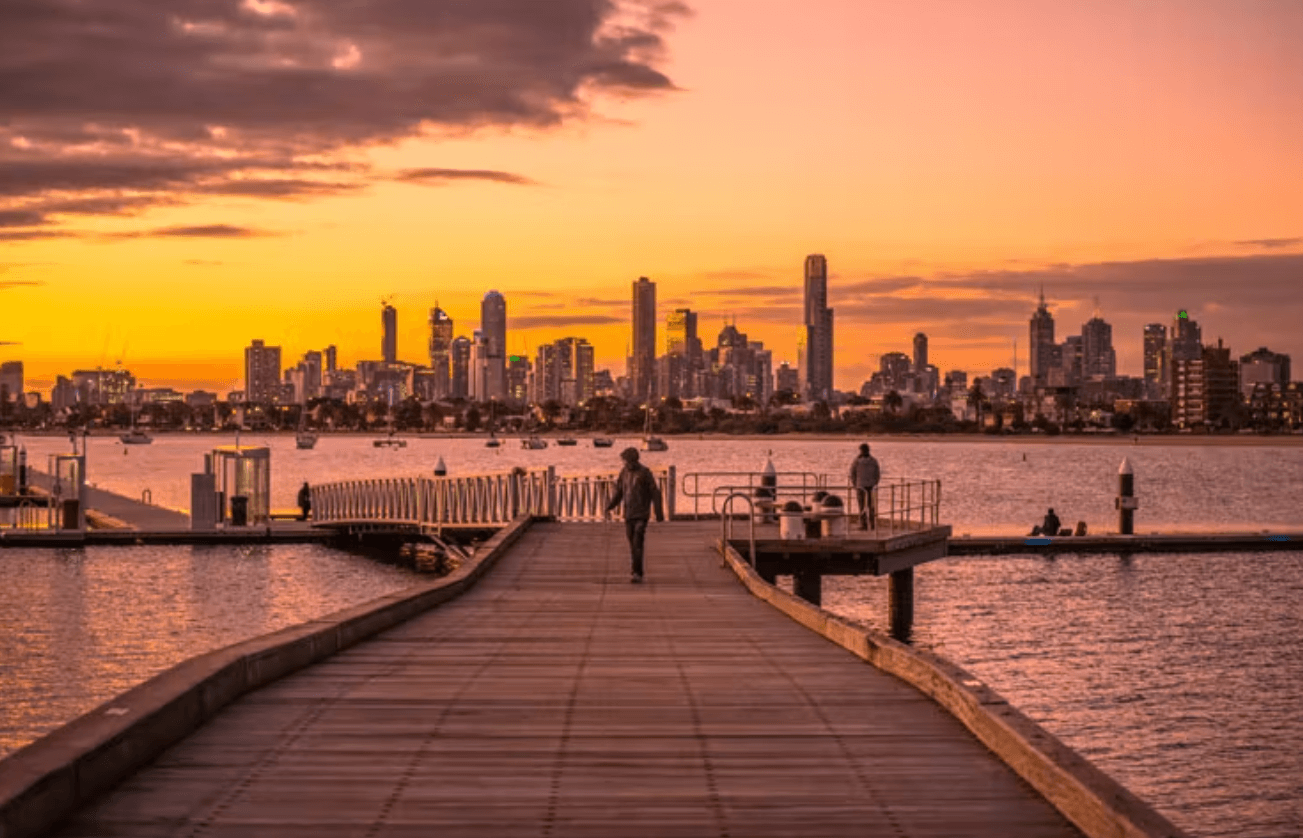
Program Status Update
The 2021-22 Victoria migration program remains open for onshore nomination applications. Offshore applications remain currently closed due to Covid-19 restrictions.
The Australian Migration Bulletin will continue to update you regarding the Victoria nomination migration program for offshore applications over the next monthly bulletins.
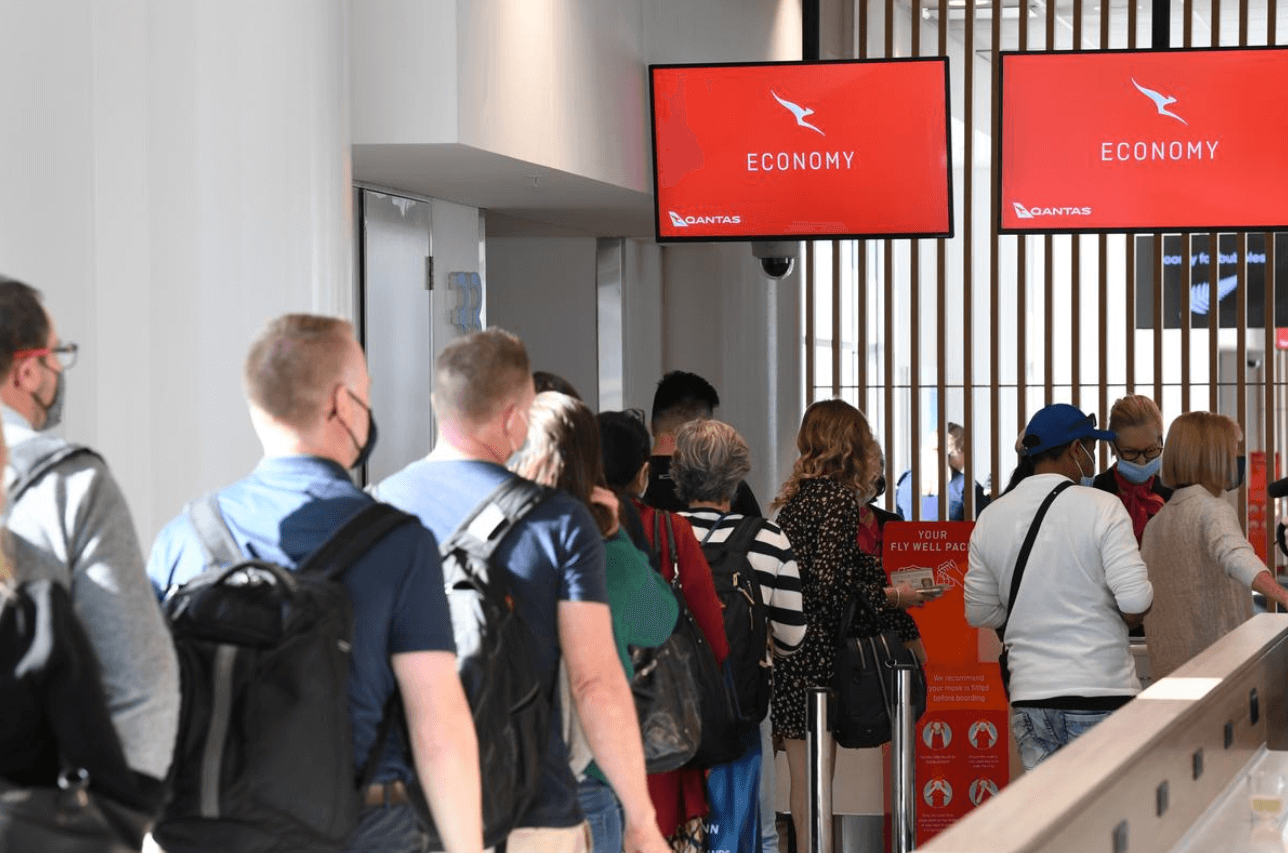
The Priority Migration Skilled Occupation List (PMSOL) identifies 44 occupations which fill critical skills needs to support Australia’s economic recovery from COVID-19. The list is based on expert advice from the National Skills Commission and consultation with Commonwealth departments.
Visa applications with an occupation on the PMSOL will be given priority processing. All other skilled occupation lists will remain active, but the PMSOL occupations will take priority.
The list is temporary and priority occupations may change as Australia recovers from the pandemic. The Government and the National Skills Commission will continue to monitor the impact of COVID-19 on the Australian labour market and assess Australia’s skills needs as they evolve and new sources of data emerge.
There has been no additional changes during the month of February 2022 to the Priority Migration Skilled Occupation List (PMSOL). Strengthened labour market testing will continue to allow numbers of sponsored skilled workers to migrate to Australia to fill urgent skills needs in critical sectors, helping to create Australian jobs and rebuild Australia’s economy.
This bulletin segment will be updated with the most up-to-date list when priority occupations change.
As of 1st March 2022 , 44 occupations remain on the PMSOL including (ANZSCO codes):
Those who are not fully vaccinated are still required to obtain a travel exemption and will be subject to the relevant state and territory quarantine requirements. Unvaccinated travellers must enter hotel quarantine for 7 to 14 days, depending on their state of arrival.
Please see the list of vaccines that are recognised by the Australian government for travel purposes here. Fully vaccinated visa holders should also check Australia’s travel requirements prior to departure.
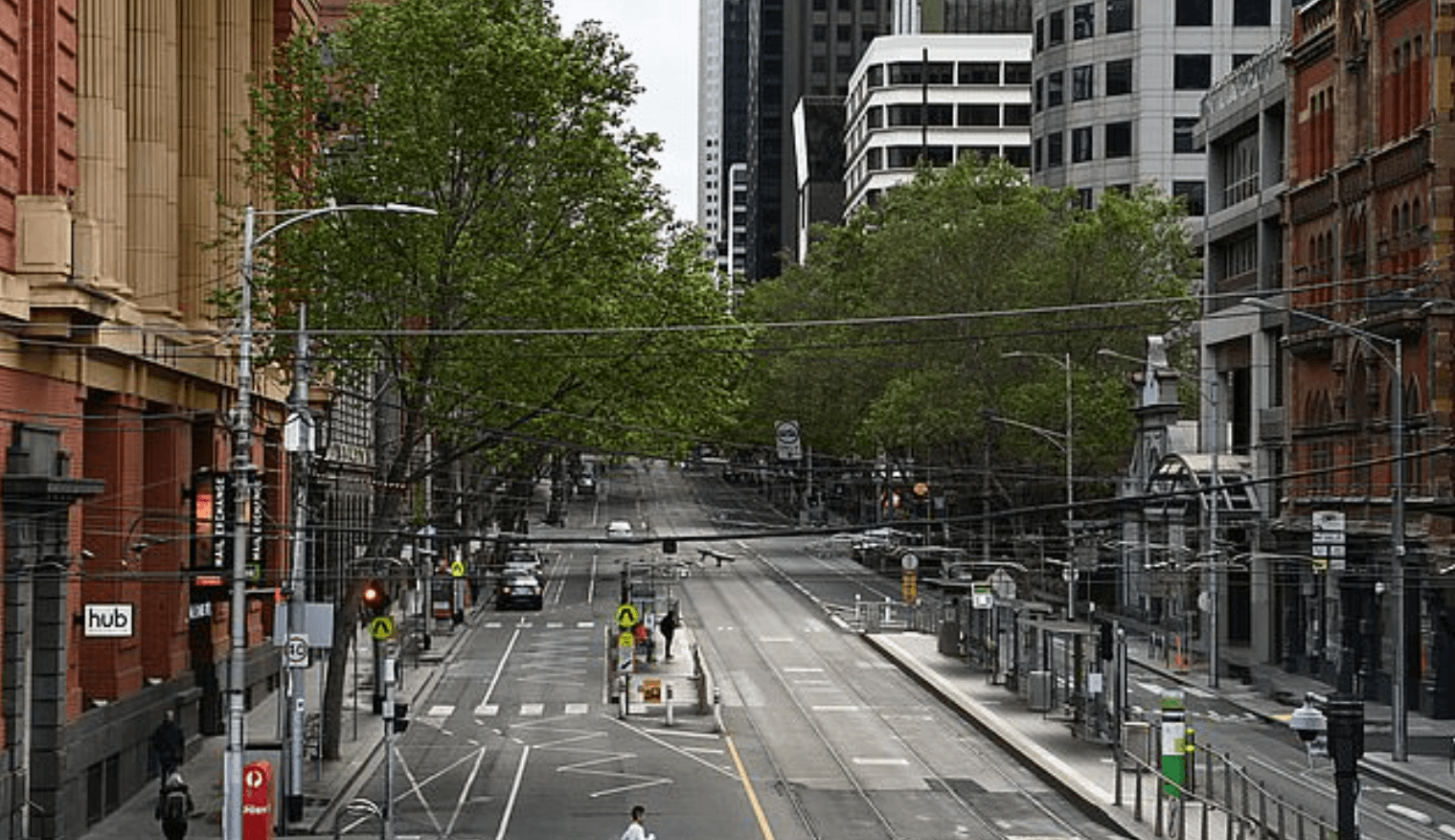
Closed international borders in response to the COVID-19 pandemic and a sharp drop in skilled migration has meant 380,000 fewer people have entered the workforce at a cost of $32 billion to the Australian economy.
These findings in a new study by RMIT Online and Deloitte Access Economics also calculate that Australian economic growth could have grown by an additional $148 billion without the pandemic impacts.
‘The closure of international borders brought Australia’s migration to a virtual standstill and has exacerbated the talent shortage in Australia,’ the study released.
It also warns the impacts of closing Australia’s international borders aren’t a temporary setback and without action, the economy will be permanently smaller than it otherwise would have been in absence of COVID-19.
‘This means that reverting to pre-pandemic trends isn’t enough. Instead, even stronger growth is needed to correct for losses incurred during the pandemic,’ the study results read.
Border closures were cited by a quarter of employers as one of the key barriers to attracting new staff.
A survey of 413 business leaders and 1,040 employees from mid-size and big companies across several Australian industries found more than half of Australian workers have taken steps to change their current employment.
‘In some industries, such as technology, big companies are raising salaries to attract talent and making it even harder for smaller businesses and start-ups to hire.
However, employers are optimistic their staff won’t leave with one third of companies anticipating six to 10 per cent will move on, and a quarter expecting 11 to 20 per cent will go elsewhere.
Almost three in four employers surveyed found it challenging to attract new staff with 27 per cent identifying border closures as the most common barrier.
In addition, employees looking for their dream careers (26 per cent) and having extremely high work-life balance standards (24 per cent) created significant hurdles attracting new workers.
‘Employers anticipate they will spend more on upskilling over the next year and employees value this investment, with many noting that it is a sign their employers want to invest in them, and they care about their development.’
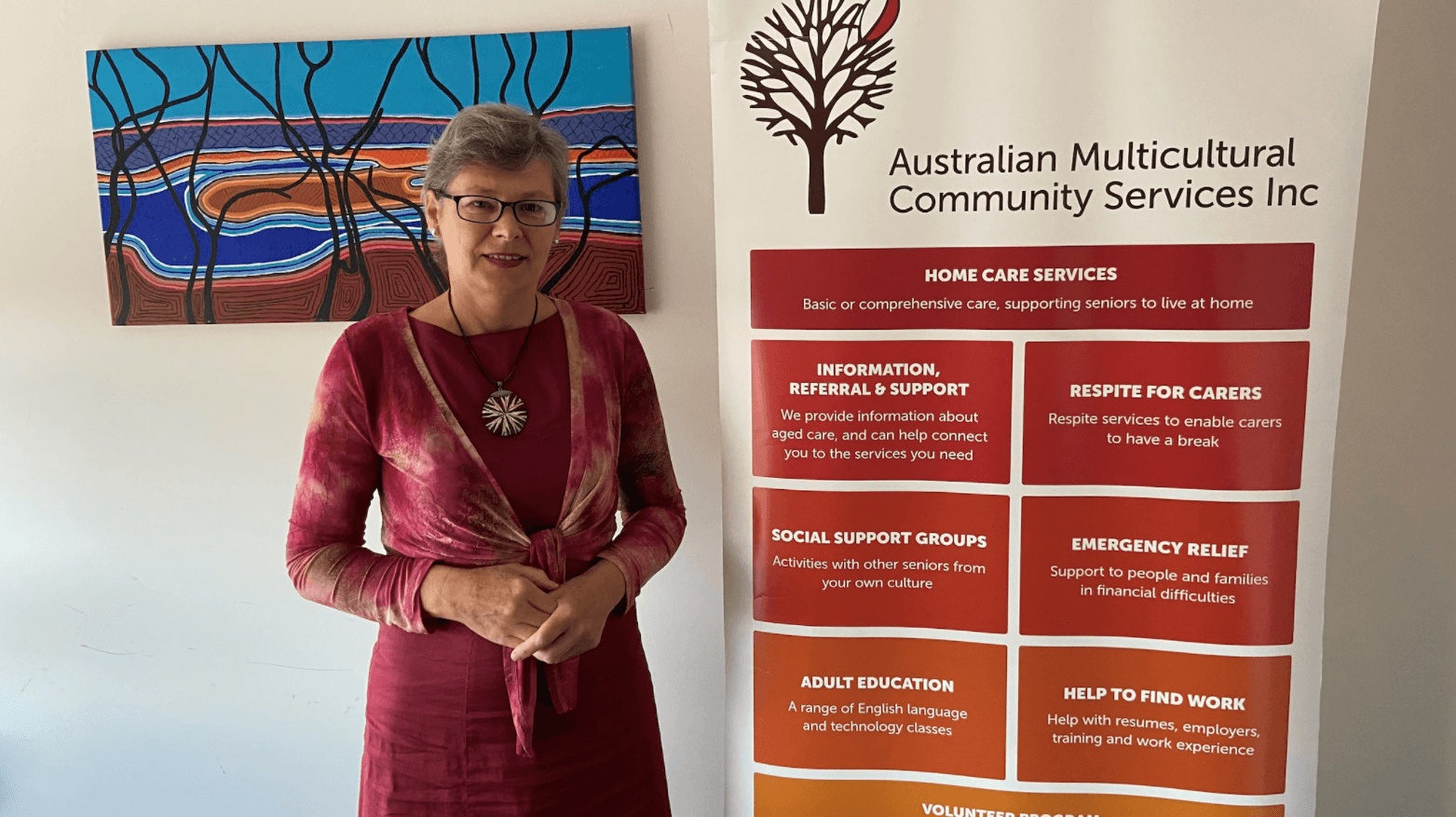
The multicultural aged care sector heavily relies on multilingual migrant workers and in the absence of a proactive immigration program the sector is suffering unprecedented staff shortages, industry insiders say.
A stalled migration program and a lack of effective government initiatives have led to an acute shortage of aged care workers in multicultural communities in Australia, industry experts say.
“I have been working in multicultural community services for 30 years and I have never seen this level of workforce shortage,” Elizabeth Drozd, CEO of Australian Multicultural Community Services (AMCS), said.
“We have seniors who are asking us to help them live at home and support them and, unfortunately, we are really struggling to recruit enough staff,” she said.
With a team of 140 volunteers and 230 paid staff, AMCS has been serving multicultural seniors in Victoria for the past 39 years.
While many of its 1,700 clients speak English, those who have dementia often revert to their mother tongue, Ms Drozd said.
To provide adequate support to these clients, AMCS heavily relies on migrant workers who speak multiple languages.
“Before COVID, Australia used to accept 80,000 to 200,000 immigrants every year. During COVID, that has reduced to 40,000 and that has really impacted home care and aged care for those from multicultural communities,” she said.
An Australian Bureau of Statistics report, released in March 2021, charts the drop in Australia’s migration numbers.
According to the report, in the 12 months to September 2020, Australian net overseas migration was 85,100, which was 64.5 percent lower than the previous 12-month period.
The number of migrants has continued to decline since the report was filed, Ms Drozd said, and little is being done by the government to fix that issue.
“Unfortunately, I just don’t see enough is being done to alleviate the situation,” Ms Drozd said.
She said a special visa needs to be created to incentivise migrants overseas to work in the industry and fill the sizeable staff shortages.
In the absence of immediate action, Ms Drozd said, many seniors such as 88-year-old Maria Mesiano may lose the critical support they need.
Ms Mesiano lives in the suburb of Altona North in Melbourne’s west, has dementia, and heavily relies on the company and the support she receives from aged care worker Tina Parisi.
“At the moment, I have 11 clients of three nationalities: Italian, Maltese and Polish,” Ms Parisi, who works six days a week and hasn’t had a holiday for more than a year, said.
In an ideal world, the 60-year-old carer would prefer to work five days a week, take a holiday every six months and tend to eight clients instead of the 11 she is currently taking care of.
But Ms Parisi knows that is not an option. “The demand is too high,” she says, adding she refuses to abandon the people who desperately need her.
Ms Parisi admits her job is taking its toll and she is not sure how long she can go on for.
“Sometimes the mental strain is more than physical because when you go to clients, [often] they’re upset or sad or reminiscing things and it drains you a bit,” she said.
As well as taking care of senior citizens, aged care workers like Ms Parisi play a pivotal role in communicating crucial pandemic-related information on the importance of vaccines and booster shots to their aged care clients.
“When someone doesn’t speak English and gets information in [different] languages, they tend to bundle them up together and [misconstrue] things,” Ms Parisi said.
In a statement, a federal Department of Health spokesperson highlighted a range of initiatives the government has launched since the start of the pandemic to support culturally and linguistically diverse (CALD) elderly people in Australia.
“On 8 December 2020, the Culturally and Linguistically Diverse Communities COVID-19 Health Advisory Group was established … The advisory group meets monthly and publishes a communique following each meeting. The advisory group membership includes public health and medical experts and representatives from a range of organisations representing multicultural seniors in Australia,” the spokesperson said.
“As part of the 2021-22 Budget, the Australian government is investing $5.1 million to continue the Embrace Multicultural Mental Health Program, delivered by Mental Health Australia, which ensures the mental health system reflects and responds well to Australia’s diverse CALD population and provides quality and culturally responsive care.”
While Ms Drozd acknowledges the support – including $1.2 million in Victorian government funding announced on 17 January to tackle COVID misinformation in multicultural communities – she feels a lot more needs to be done urgently.
“I would like to acknowledge that the federal and state governments have been implementing various initiatives, but whatever has been done is not enough,” she said.
“Make a special visa for those who want to come from overseas and work in the key industries and support the senior population,” she said.
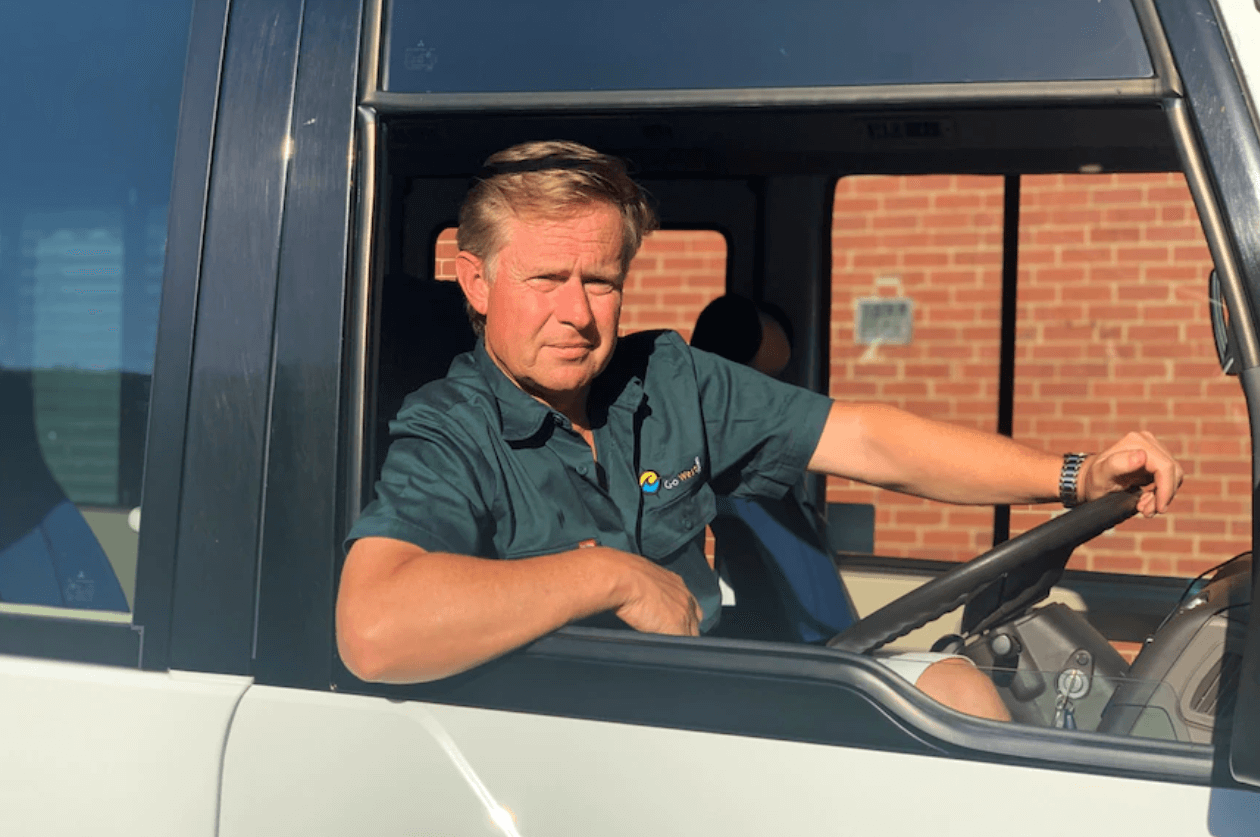
In January 2020 Go West Tours had 132 staff on its payroll; as of this week the company has five employees and the managing director Terry Smit is back driving buses for the first time in nearly 15 years.
While Mr Smit welcomes the easing of border restrictions for international travellers, he says restarting his business after two years of “hibernation” will be extremely challenging.
“It is very good news that the border is being reopened again, but I fear that for me and other tourism operators the hardest months are to come,” he said.
“We’ve got a long way to come back and, you know, I guess what we would say is that we will muddle through it the best way that we possibly can.”
His biggest concern is coaxing staff back into tourism after being forced to find work in other industries during the pandemic.
Owner of Hidden Secrets Tours Fiona Sweetman is also nervous about the coming months.
“I think the misconception is just because the 21st of February happened (international borders being opened to tourists), that suddenly we will get clients — it just doesn’t work that way,” she said.
“My biggest problem is trying to manage bookings with a very reduced, skeleton staff.”
Since Go West Tours was founded in 2000 it has relied almost solely on international tourists, taking them to popular Victorian destinations including the Great Ocean Road and Phillip Island.
When Australia’s border closed in 2020 and tours ceased, Mr Smit said the company’s revenue went from 100 per cent to zero.
“When JobKeeper ended we had to say [to staff] go and get another job, we don’t have any work for you,” Mr Smit said.
Two years on Mr Smit believes every single person has found new employment, even he took a short-term position working in COVID testing and logistics.
“There are effectively no tour guides who are match fit and registering vehicles is expensive,” he said.
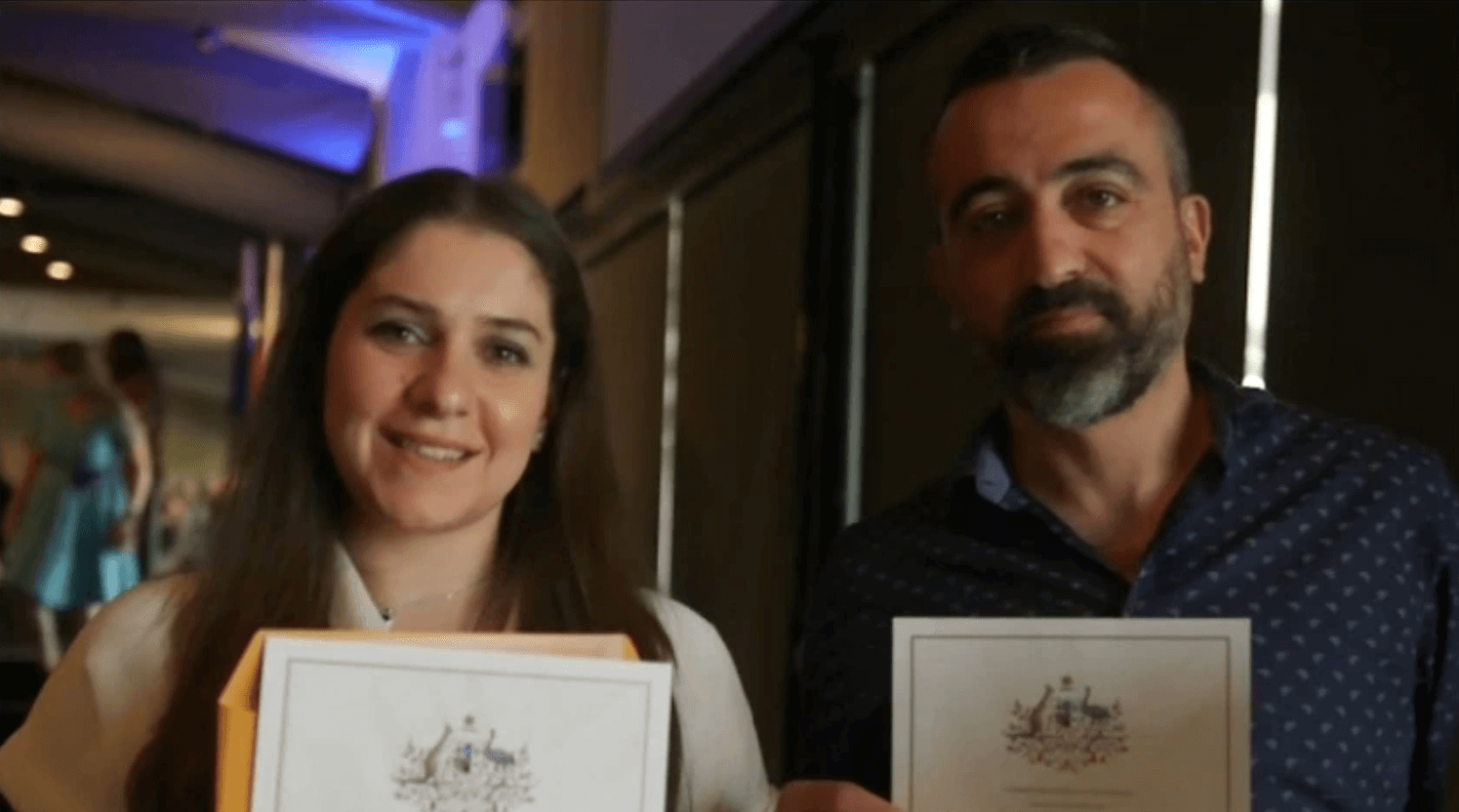
An Armenian family that fled Syria during the civil war were among the 16,000 people who became Australian citizens in ceremonies around the country on Australia Day.
With two young children, Nayiri Injejikian and her husband Nerses Chuljian fled the war in Syria in 2012 and arrived at a refugee camp in Lebanon.
Six years after being granted humanitarian visas by the Australian government, the Armenian family became citizens in an Australia Day ceremony in Parramatta in Sydney’s west.
“We kept [staying] there hoping everything would be finished soon … but the war got worse and we fled the country and went to Lebanon,” Ms Injejikian said.
“From there we choose Australia to emigrate because it’s a wonderful country, it’s safe and it’s multicultural, we can have all the opportunities for the kids to get educated and having a good future.”
Ms Injejikian said she feels grateful for all the opportunities provided to her family after moving to Australia.
“I’d like to express my appreciation for Australia. We have great opportunities to live safely, to study, to work, even we had the chance to buy our first home,” she said.
“I’m sure we will have lots of opportunities to give back to this wonderful country.”
When asked what becoming a citizen meant for her family, Ms Injejikian said it was about “making a commitment to Australia and our shared values like respect, value and fairness.”
Her family was joined by more than 16,000 people from over 150 nations who became citizens on January 26 at 400 ceremonies across the country.
Tatenda Chitsungo and Eliska Sy both came to Australia from their home countries on the same day, unknown to each other.
Eight years later, the pair are now married with two children, and now among the newest Australians after taking part in the national citizenship ceremony in Canberra.
Mr Chitsungo, originally from Zimbabwe, and Ms Sy, originally from the Philippines, arrived as international students in 2014.
“We met through my (husband’s) sister and he came to visit her that day and that’s how we met, and then we found out that we moved to Australia less than 24 hours apart from our own countries,” Ms Sy said.
The couple and their eldest child Tanatswa, aged three, were among the 19 people conferred as citizens during the ceremony on Australia Day.
Mr Chitsungo said becoming an Australian citizen was a long process, but worth it.
“We now have a sense of belonging, we now know that we belong here, and that is what is most important to us,” he said.
“We came here as international students and then we decided to be permanent residents, and now there’s lots of privileges to be a citizen.”
While the pandemic has seen less people attending ceremonies in person, Ms Sy said it was a privilege to be conferred on Australia Day.
“We’re going to celebrate the rest of the day with family,” she said.
“We have our children here and a multicultural community, that’s one of the most important things.”
Prime Minister Scott Morrison said the country’s newest citizens would be inheriting Australia’s history and future.
“You don’t come to our national story empty-handed, either. Like so many before you, you add your threads to Australia’s rich tapestry,” he said at the ceremony.
“You now write your own chapters in Australia’s story.”

International students are flocking back to Australia: more than 56,000 have arrived since November 2021 – and 7,000 of those arrived between 23 January and 30 January 2022 alone. In addition, pent-up demand among foreign students to study in Australia appears to be very strong: since late 2021, 50,000 student visa applications have been filed.
These robust numbers are in part due to the government’s announcement that international students would have their visa application fees refunded if they arrived between 19 January 2022 and 22 March 2022.
“Visa grants to international students are flowing as a result of the Minister directing the Department to allocate additional resources to processing the visas of International Students,” adds a recent statement from the Department of Home Affairs.
Universities Australia chief executive Catriona Jackson called the numbers “promising” but noted that there are still thousands more students waiting to be able to study in the country:
“Before COVID, there were about 400,000 international students, since COVID it’s been about 300,000. So we’ve got some numbers to make up.”
In a related development, the government has opened Australia’s borders to all fully vaccinated travellers as of 21 February 2022.
The hope is for a rapid recovery for the international educator sector, which in 2019 contributed over AUS$40 billion to the wider economy – twice as much as in 2015. The industry, from universities to schools to ELICOS providers, has been severely impacted by Australia’s border closure through 2020 and 2021, which lasted much longer than was the case in most other leading destinations around the world. The Australia Institute has reported that by September 2021, one-fifth of university workers (approximately 40,000 people) – had lost their jobs in the pandemic.
Even as the government is rolling out incentives to hasten the return of international students, experts warn that an extended “welcome mat” will be needed in the long term. Nancy Arthur, Dean of Research, UniSA Business, University of South Australia said,“As international students return to Australia, the welcome mat needs to stay out longer. It matters how we support them, not only upon arrival, but throughout their academic programmes and as they prepare for their future employment ….The longer-term view requires strategy for supporting them as students, employees and future associates, within and beyond Australia’s borders.”

The rules for international students trying to get into the state of Western Australia have changed again with the state government announcing up to 6000 people enrolled to study will be allowed in to attend universities and other schools after being blocked previously due to COVID-19 restrictions.
An information sheet for international students was uploaded before an announcement was made later detailing their pathway into the state. The changes came into effect on February 14.
Both new and returning students enrolled in primary school, secondary school, a university or college will be eligible under the scheme.
They will be able to enter WA either directly through Perth within the Australian government’s capacity limits for international travellers or through another state.
Students will have to undertake seven days of self-quarantine on arrival.
The changes come after concerns WA would fall behind other states in the country which were already welcoming back international students for the new school and university year.
International education is major industry in the large eastern states and had been growing in WA pre-pandemic.
Earlier this year WA refused to allow international students back into the state even if they were already in the country in another jurisdiction.
The stance was momentarily softened earlier this month but students had to be in Australia by February 5 before being allowed to on-travel to WA.
WA Premier Mark McGowan said the creation of the new pathway was part of an ongoing review into border controls in February and was based on the ‘latest health advice’.
“The relatively small size of the international student cohort and the strong support universities provide allow us to have confidence in quarantine arrangements, meaning the risk to the community is low,” he said.
About 900 international students have already entered WA since January 20.
The changes come as Curtin University implemented a vaccination mandate on its campuses for staff, students and visitors.
A statement on the university’s website said the decision was to counter the impact of COVID-19 and protect the health and safety of its community.








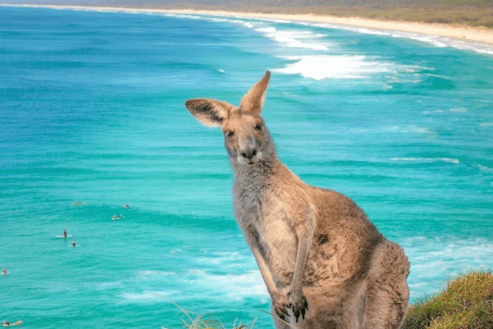
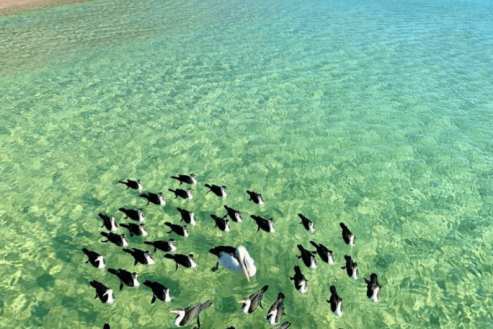
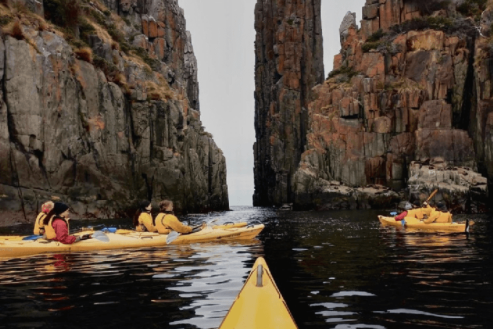
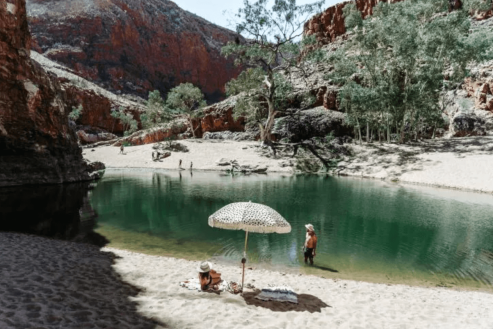
As legislation and travel requirements are constantly changing, we strongly recommend obtaining advice on your individual situation from a Registered Migration Agent. Please click here to book a consultation with one of our Registered Australian Migration Agents, located in Australia.






You can manage your membership and billing method by clicking here
Terms of Service
Privacy Policy
Copyright © 2025 Office of Immigration Australia, a private company registered in Australia. All Rights Reserved.